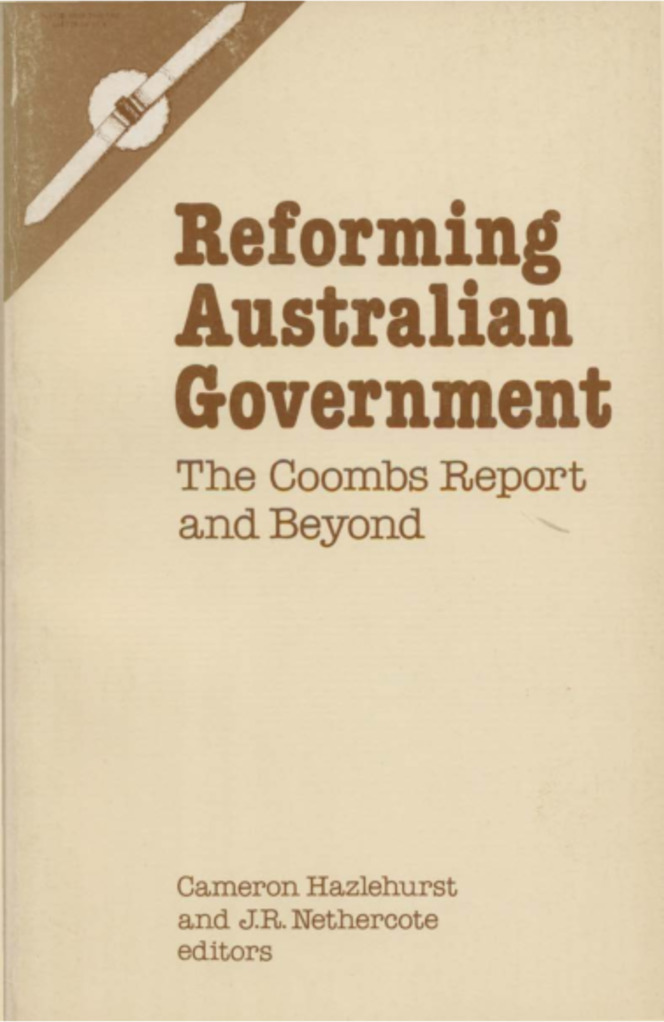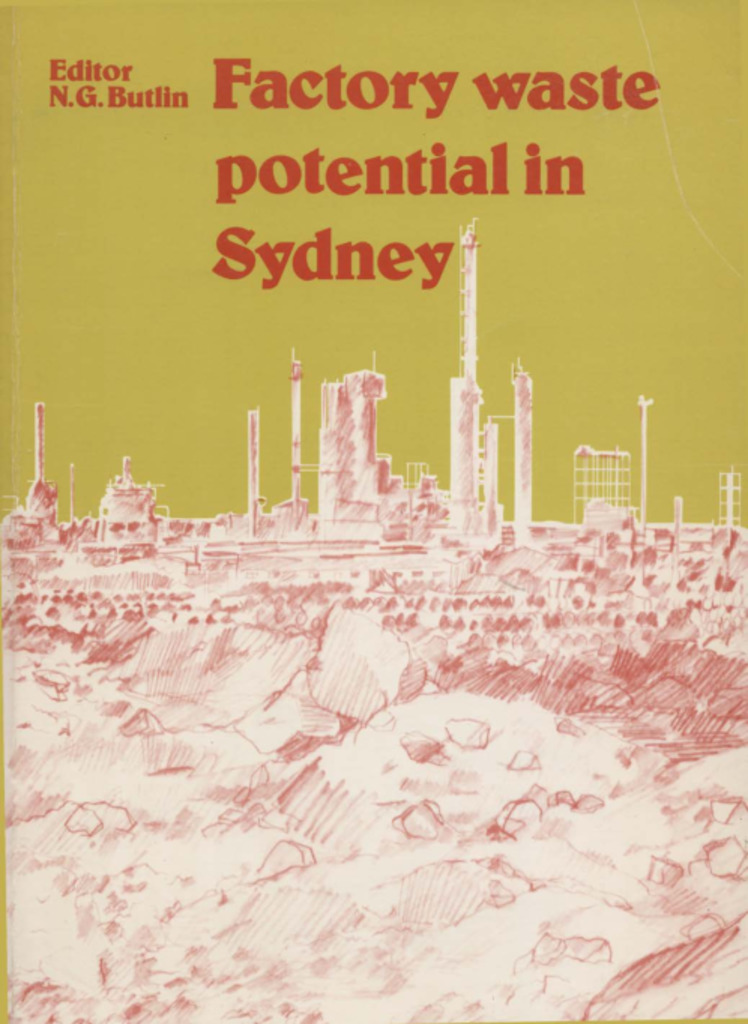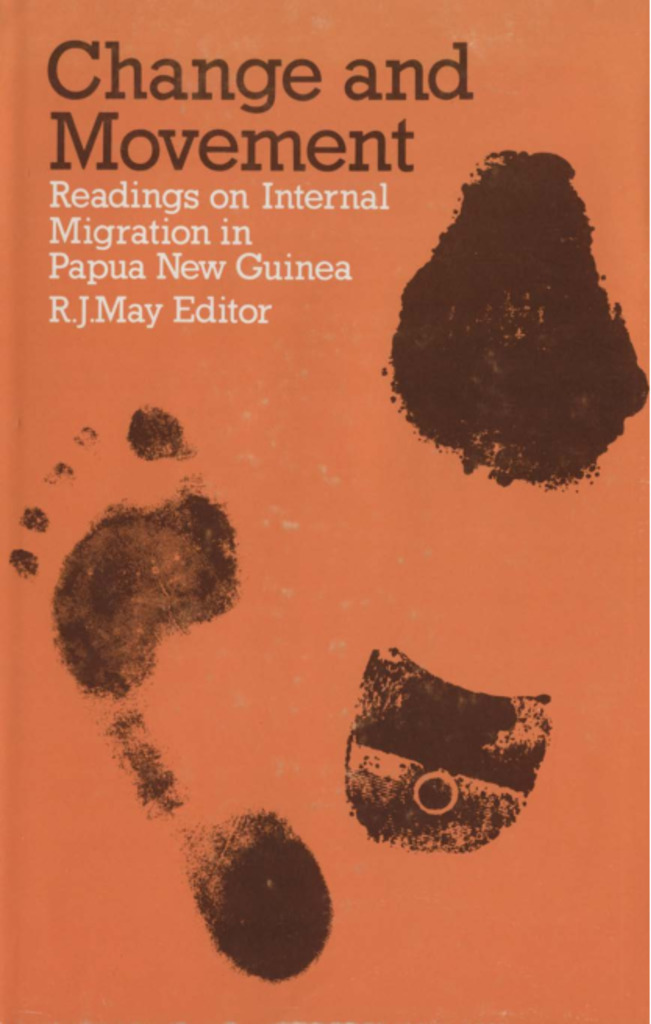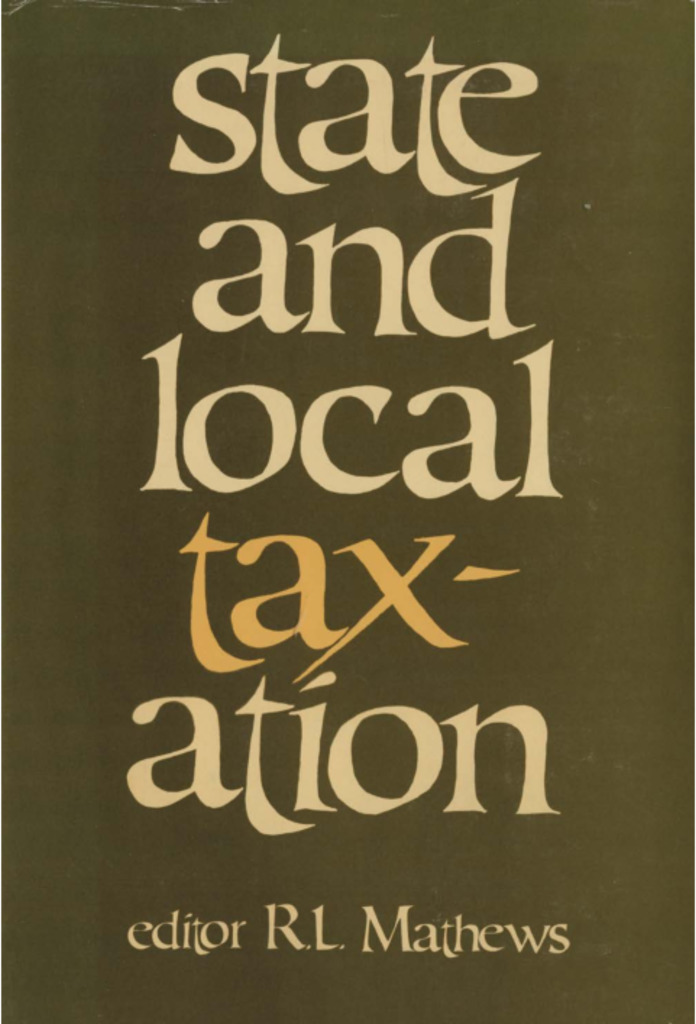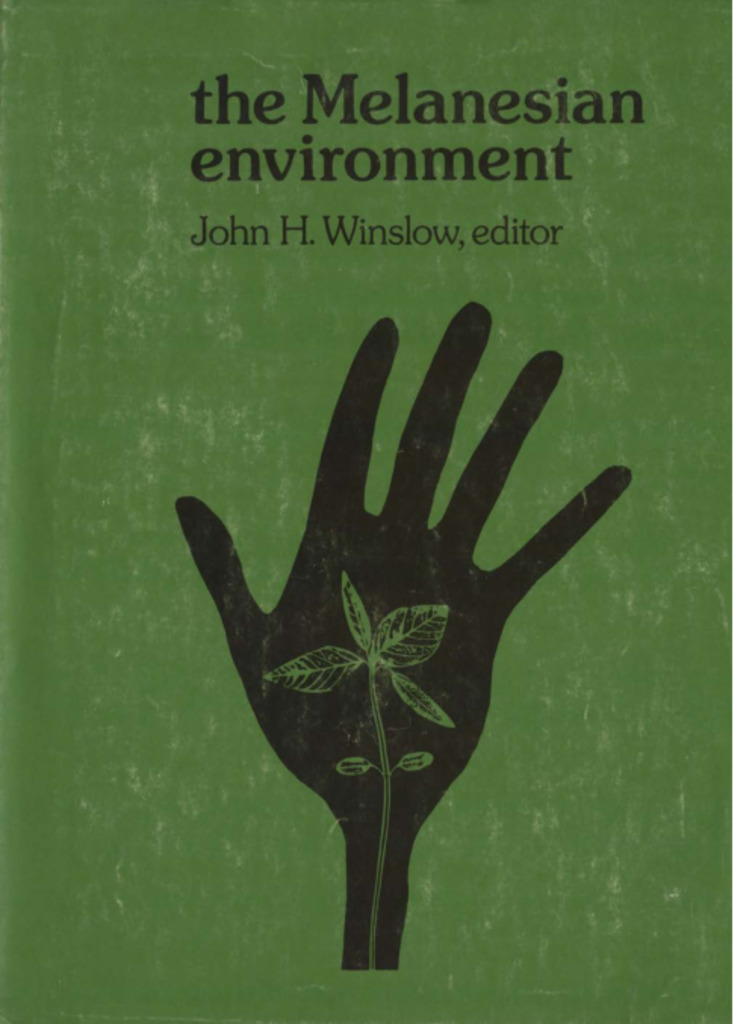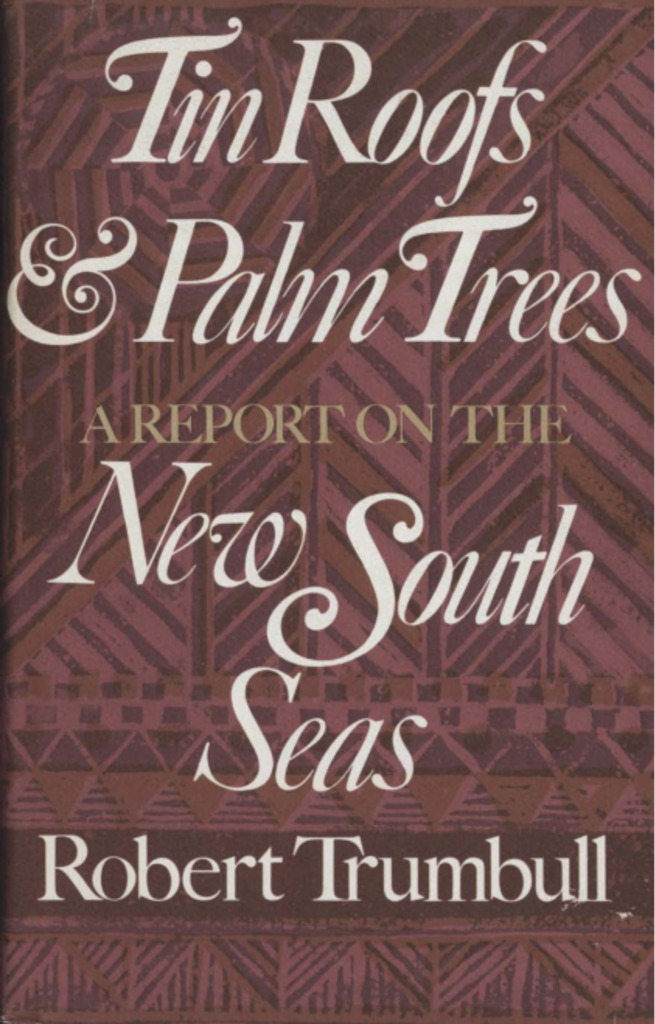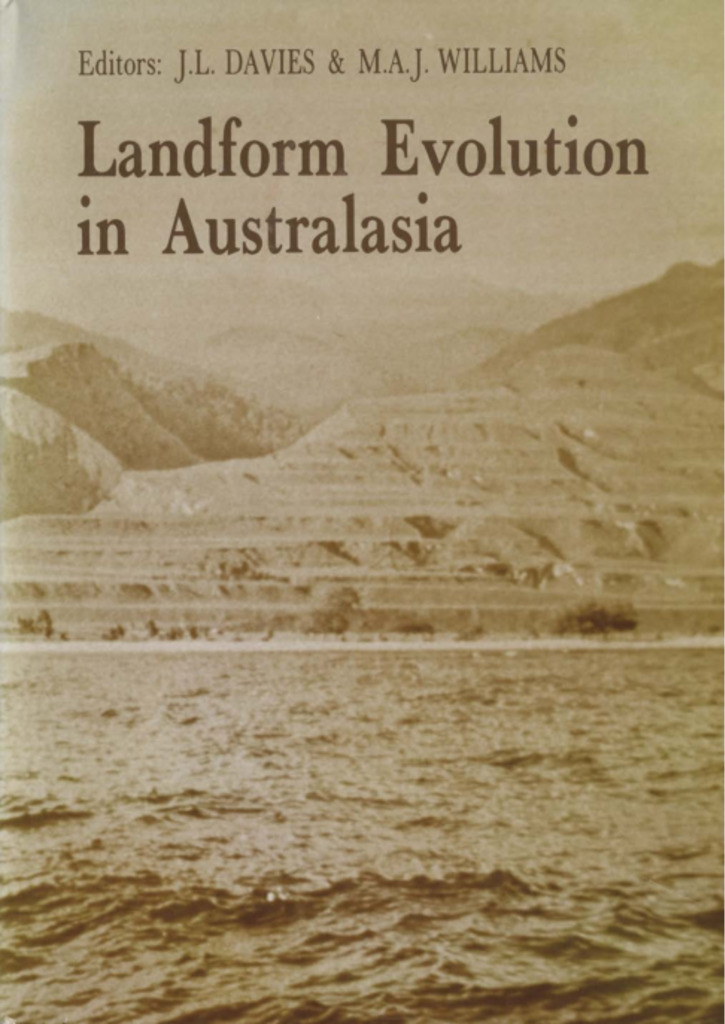
Landform evolution in Australasia »
Publication date: 1978
A reappraisal of landform evolution in Australasia is both timely and necessary. Over a decade has elapsed since the publication of Landform Studies from Australia and New Guinea edited by J.N. Jennings and J.A. Mabbutt, and since then there have been several important developments in earth sciences with profound repercussions for Australasian geomorphology. Plate tectonic concepts are revitalising our approach to traditional problems in structural and historical geomorphology. The wealth of new data on the absolute age of rocks and sediments in Australia, New Guinea and New Zealand, made possible by scores of radio-carbon, potassium-argon, and uranium-thorium age determinations, is already causing us to question and reject many hitherto unquestioned and seemingly unassailable geomorphic paradigms. In addition, the earlier and necessarily descriptive approach to landscape evolution in Australasia is now yielding pride of place to a new type of field investigation founded upon accurate experimental monitoring of river load, solution rates, beach sediments and hillslope mantles. The seventeen essays in this volume reflect some of the achievements as well as some of the difficulties involved in investigating land- form evolution in Australasia. Part one deals with the age and timing of uplift, the stability of planation surfaces, and the sensitivity of river systems to hydrological change. Parts two to four discuss coastal deposits, chemical denudation, and pediments. Part five on geomorphic models suggests ways of relating process studies to actual landform development. This book will be of interest to geologists, geomorphologists and indeed to any earth scientist concerned to understand how our present landscape has evolved.

